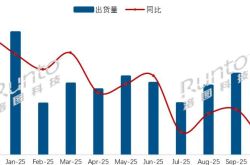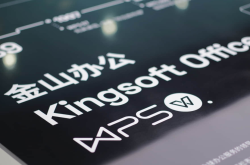Surge OS 3 Initial Review: Major UI Transformation Finally 'Makes Its Mark (Arrives on the Scene)', Is This the Turning Point for Its Image?
![]() 09/05 2025
09/05 2025
![]() 428
428
The dawn of a reputation makeover for Surge OS.
Xiaomi's Surge OS could well be the most divisive feature of its smartphones: enthusiasts swear by it, while critics decry it as sluggish and bug-ridden.
As the longest-serving Xiaomi smartphone user among the editorial team at Leigong Technology, Xiaolei doesn't hold a dim view of Surge OS 2. In comparison to its predecessor, Surge OS 2 has markedly enhanced stability and smoothness. However, Xiaomi has been somewhat tardy in rolling out fresh features.
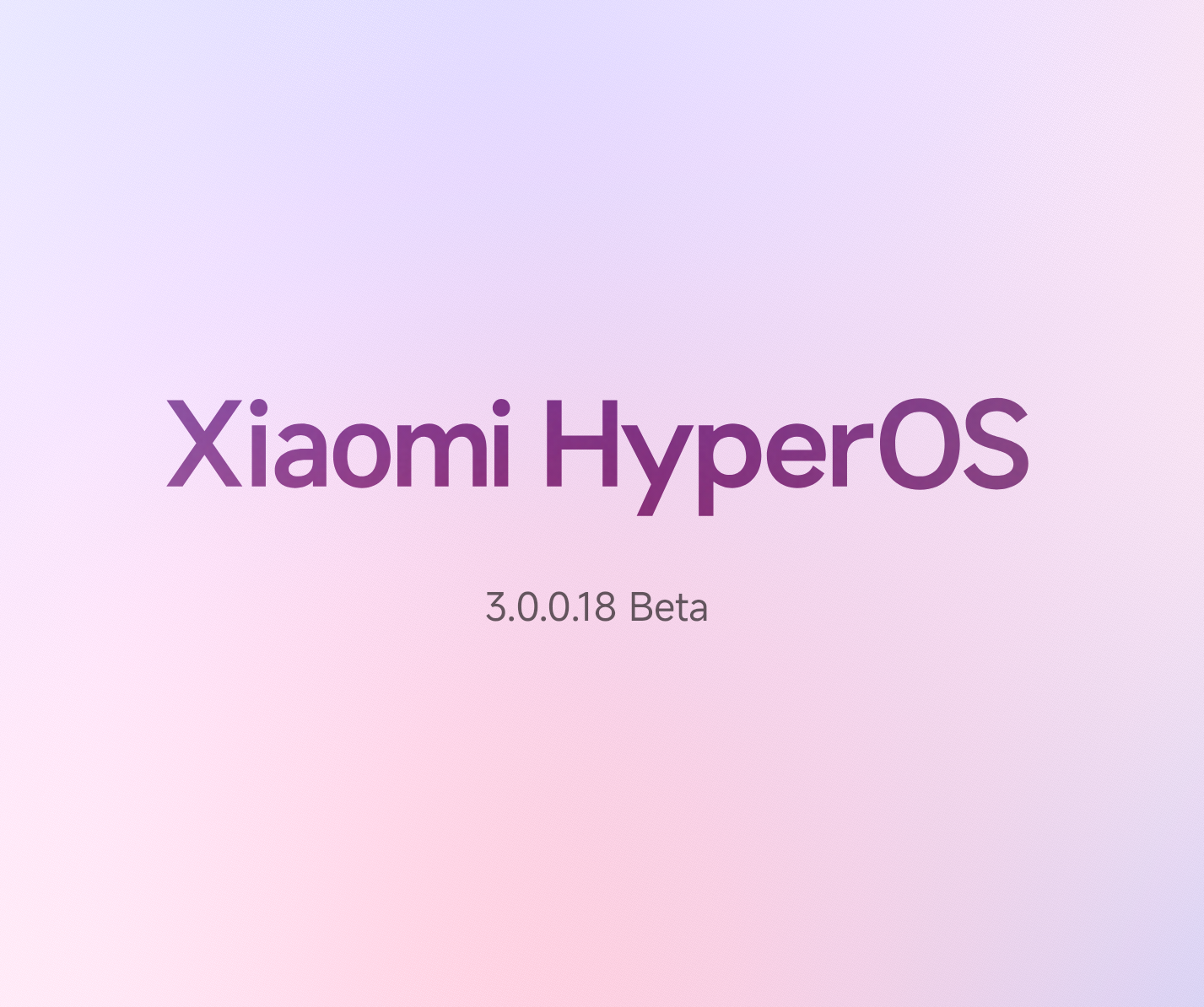
(Image credit: Leigong Technology Graphics)
Recently, Xiaomi unveiled the latest Surge OS 3 Beta version. Leigong Technology has delivered comprehensive coverage, which can be easily searched for online. Xiaolei promptly upgraded his Xiaomi 15 Ultra to Surge OS 3. Here's our review based on the latest version 3.0.0.18.
New UI Design: A Two-Way Approach with iOS?
Xiaolei can't recall the last time Xiaomi updated its icon UI. His opinion of the old icons was less than stellar. Although they boasted a unique look within the industry, their design style clashed with the overall design of Surge OS, resulting in a disjointed feel.
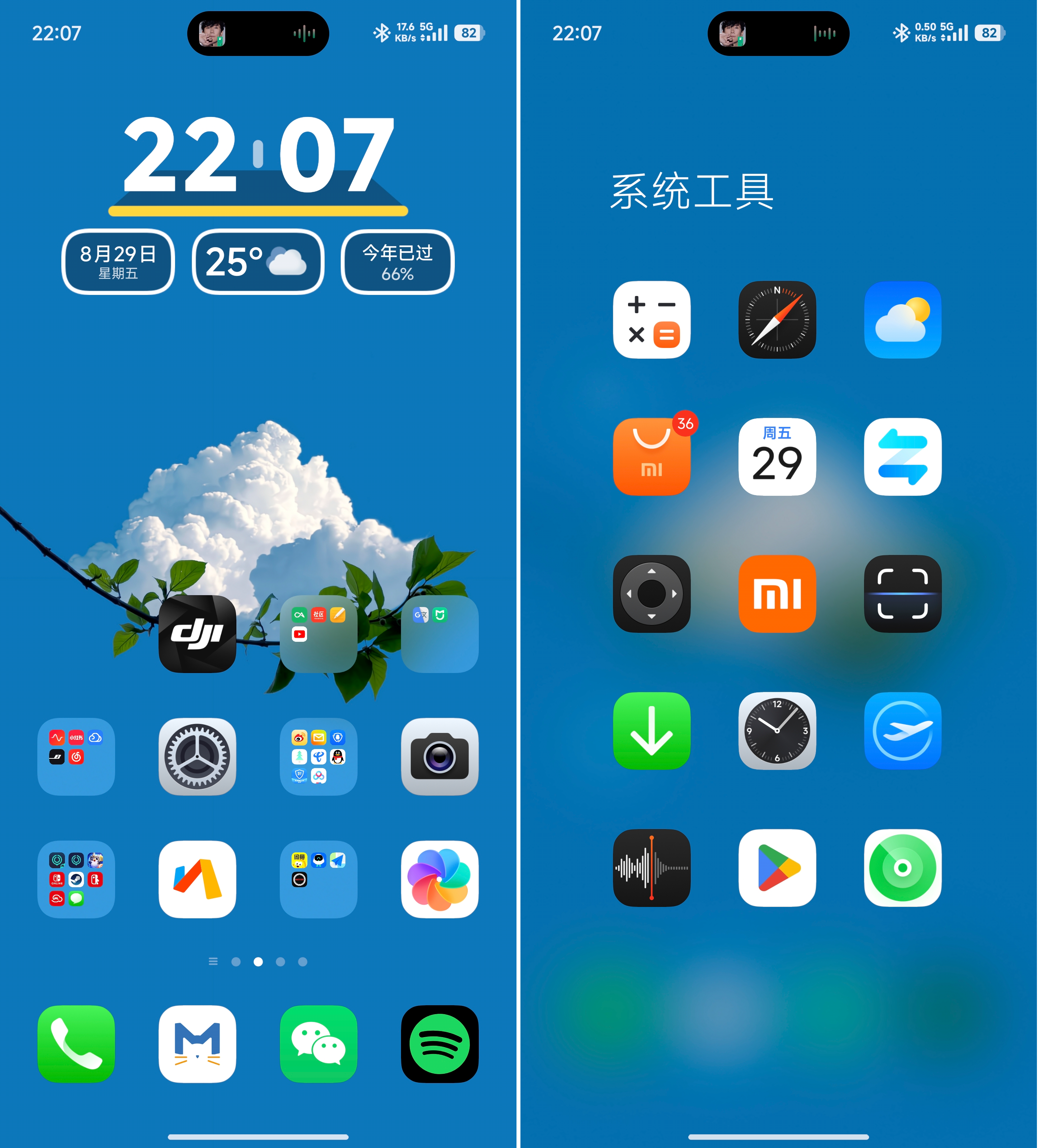
(Image credit: Leigong Technology Graphics)
Surge OS 3 has brought about sweeping changes to the icons. The overall design now leans more towards skeuomorphism. For instance, the camera icon has evolved from a classic camera lens to a full-fledged camera, and the browser's planet icon now boasts richer details. The overall icon details, colors, and lighting have seen significant enhancements.
However, from Xiaolei's vantage point, this UI design can only be rated as passable. While the details are well-executed, the distinctiveness has waned.
In terms of desktop layout, Surge OS 3 has introduced some subtle tweaks. The previous Surge OS 2 gave Xiaolei the impression that all applications were 'jammed' together, neglecting the blank spaces on the desktop.
Surge OS 3 has rectified this issue. At first glance, the apps no longer appear cluttered and exude a more natural and comfortable vibe.
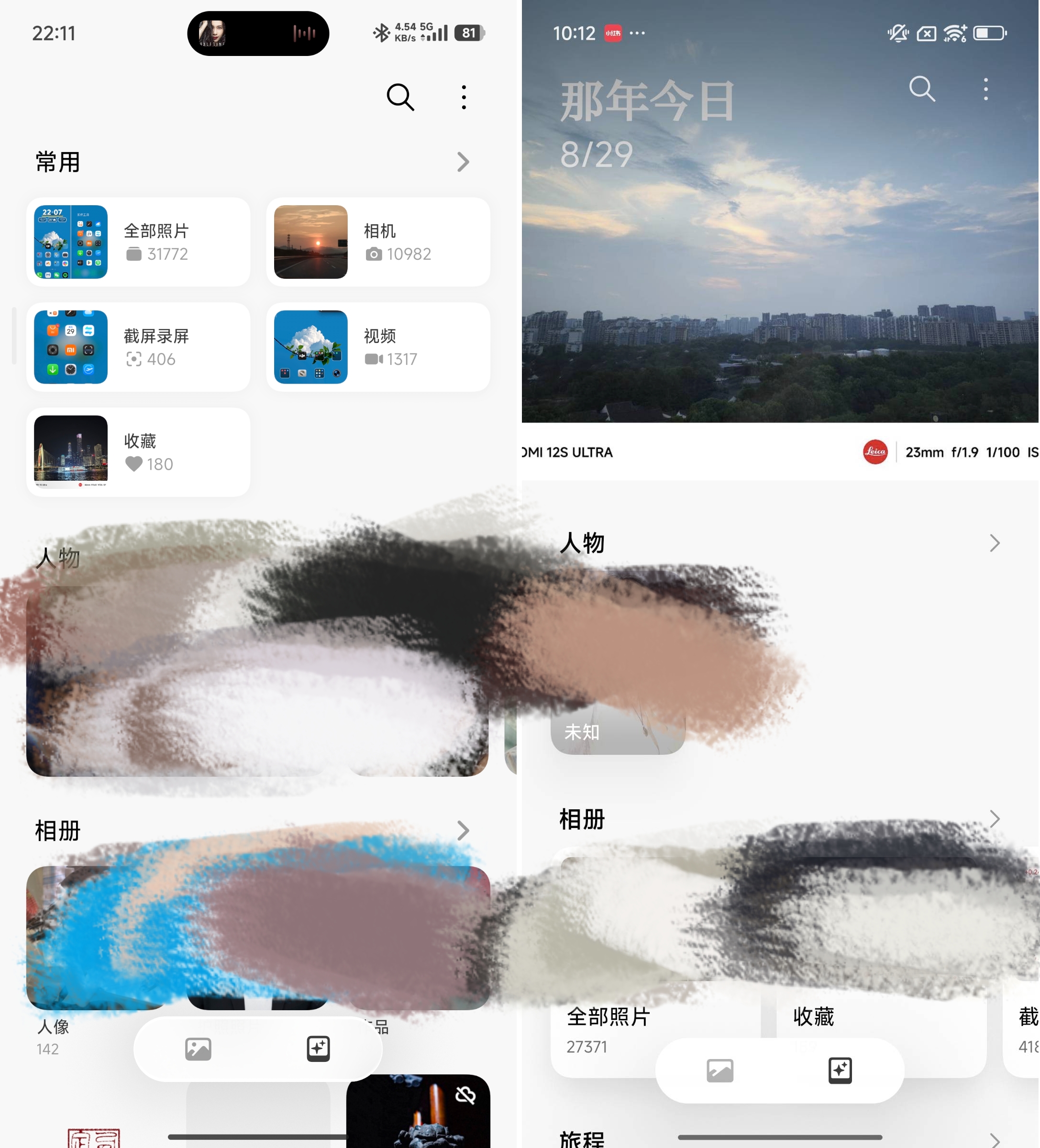
(Image credit: Leigong Technology Graphics)
One of the most unsatisfactory updates in Surge OS 2 for Xiaolei was the album layout. The layout became haphazard, and the operation logic was unnatural. Although Xiaomi provided numerous customization options, it still couldn't hold a candle to the old album. Fortunately, Surge OS 3 has overhauled the album. Now, frequently used options like camera, video, and screenshots are placed at the top, while secondary options like people, album categories, and creations are positioned below, adhering to a natural operation logic.
Here are some other minor software tweaks:
The weather animation effects in the Weather app are now more natural and lifelike;
More frosted glass effects have been incorporated into the search bar;
The control bar display layout has been optimized, with different colors used for differentiation;
The system personalization can now save previously used lock screens and wallpapers;
More versions of camera watermarks have been added, with numerous settings options for each, significantly boosting playability.
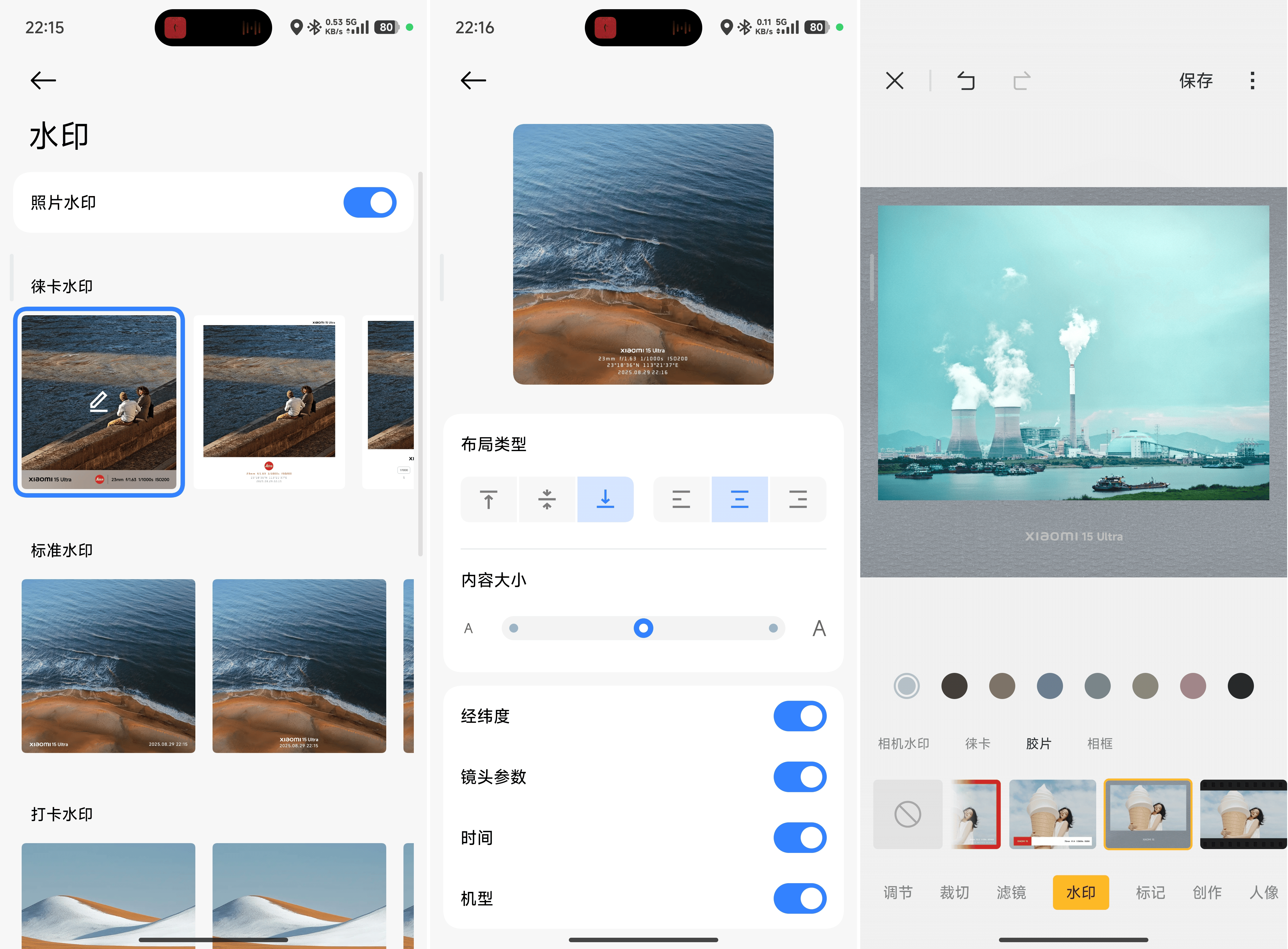
(Image credit: Leigong Technology Graphics)
From the UI design changes, it's evident that Xiaomi's designers aim to offer users something unique. The advantages are clear, but the drawback seems to be a dip in aesthetic taste.
Surge OS 'Makes Its Mark (Arrives on the Scene)': Useful but Still Missing Something?
The iPhone's Dynamic Island feature has seen a significant improvement in terms of practicality and aesthetics over the years, making it a sought-after feature for many domestic manufacturers to emulate. However, Xiaomi didn't opt for a blind imitation. In Surge OS 2, Xiaomi introduced the Focus Notification feature, which shares some functional similarities with the iPhone's Dynamic Island but differs entirely in content display.
With Surge OS 3, Xiaomi has finally 'made its mark.' However, unlike its competitors, Xiaomi's 'Super Island' feature offers a wider range of interactive options.
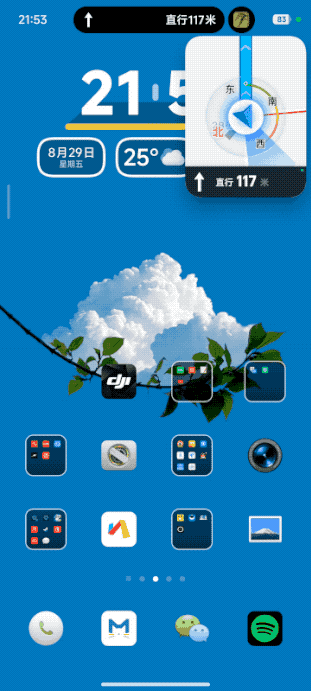
(Image credit: Leigong Technology Graphics)
For example, when using Didi Chuxing, Xiaomi's Super Island feature can display not only the license plate information and estimated arrival time like a 'regular island' but also reveal more information with a single tap. Furthermore, it can be further swiped down to transform into a small window.
Of course, it's not limited to Didi Chuxing. All 'Super Islands' with a small horizontal bar at the bottom can be transformed into small windows with a single tap.
More intriguingly, you can long-press the 'Super Island' and drag it to chat interfaces like WeChat and QQ to share your journey with friends. This feature is quite thoughtful, especially for female users.
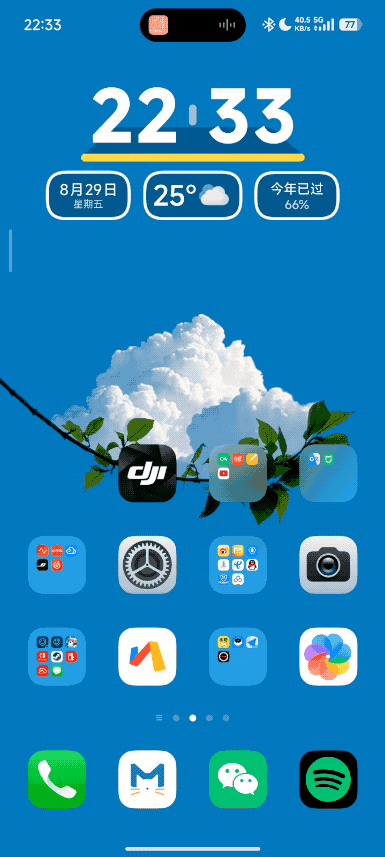
(Image credit: Leigong Technology Graphics)
Additionally, when multiple 'Super Islands' are present at the top of the status bar, we can switch between them by swiping left and right. If we continue swiping on the first or last 'Super Island,' all 'Super Islands' will be hidden. Swiping in the opposite direction will reveal them again.
It may sound complex, but in practice, it takes only a minute or two to grasp all the operation logics.
Finally, let's discuss the drawbacks. Although Xiaomi is the last domestic manufacturer to 'make its mark,' it inevitably has some minor issues. For example, when displaying food delivery apps, the entire island area is too large, wasting at least 40% of the space. Another example is that drag-and-drop sharing currently only supports a few apps like Didi Chuxing and Baidu Maps Taxi.
Although Super Island has just been launched, Xiaolei found that most apps can utilize it. Combined with richer information display and flexible switching methods, it is currently one of the best 'islands' in the industry.
Super Xiaoai Evolves Again: Smarter and More Humanized
The Super Xiaoai on Surge OS 2 has already left a deep impression on Xiaolei, both in terms of functionality and personalization, reaching the domestic top-tier level. The Super Xiaoai on Surge OS 3 has evolved once again. Here, Xiaolei will discuss a few points that pique his interest.
First is the evolution of the screen recognition function. Previously, Xiaoai's screen recognition simply listed the text on the screen. Now, Xiaoai on Surge OS 3 can not only recognize content but also actively pop up relevant guide cards.
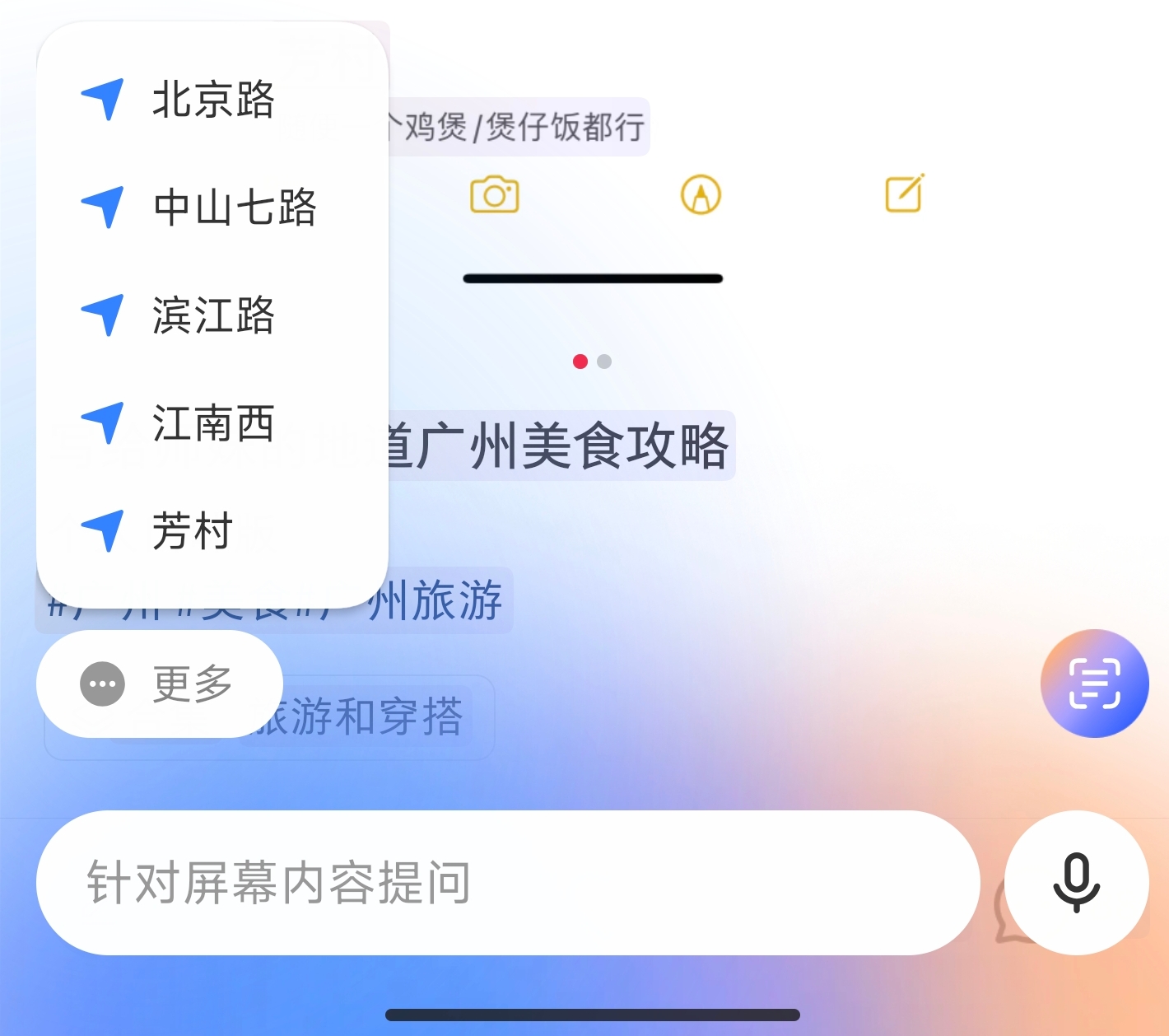
(Image credit: Leigong Technology Graphics)
For example, when Xiaoai recognizes address information on the screen, it automatically pops up a navigation button. We only need to tap the card to enter the navigation interface, eliminating the need to open a map app separately and enter the destination address. Another example is when you copy a courier tracking number, Xiaoai will also pop up relevant apps for easy tracking.

(Image credit: Leigong Technology Graphics)
Additionally, if you're unfamiliar with the destination, you can ask Xiaoai to list a detailed travel guide, including which subway line to take, the fare, and the estimated travel time, providing a clear overview.
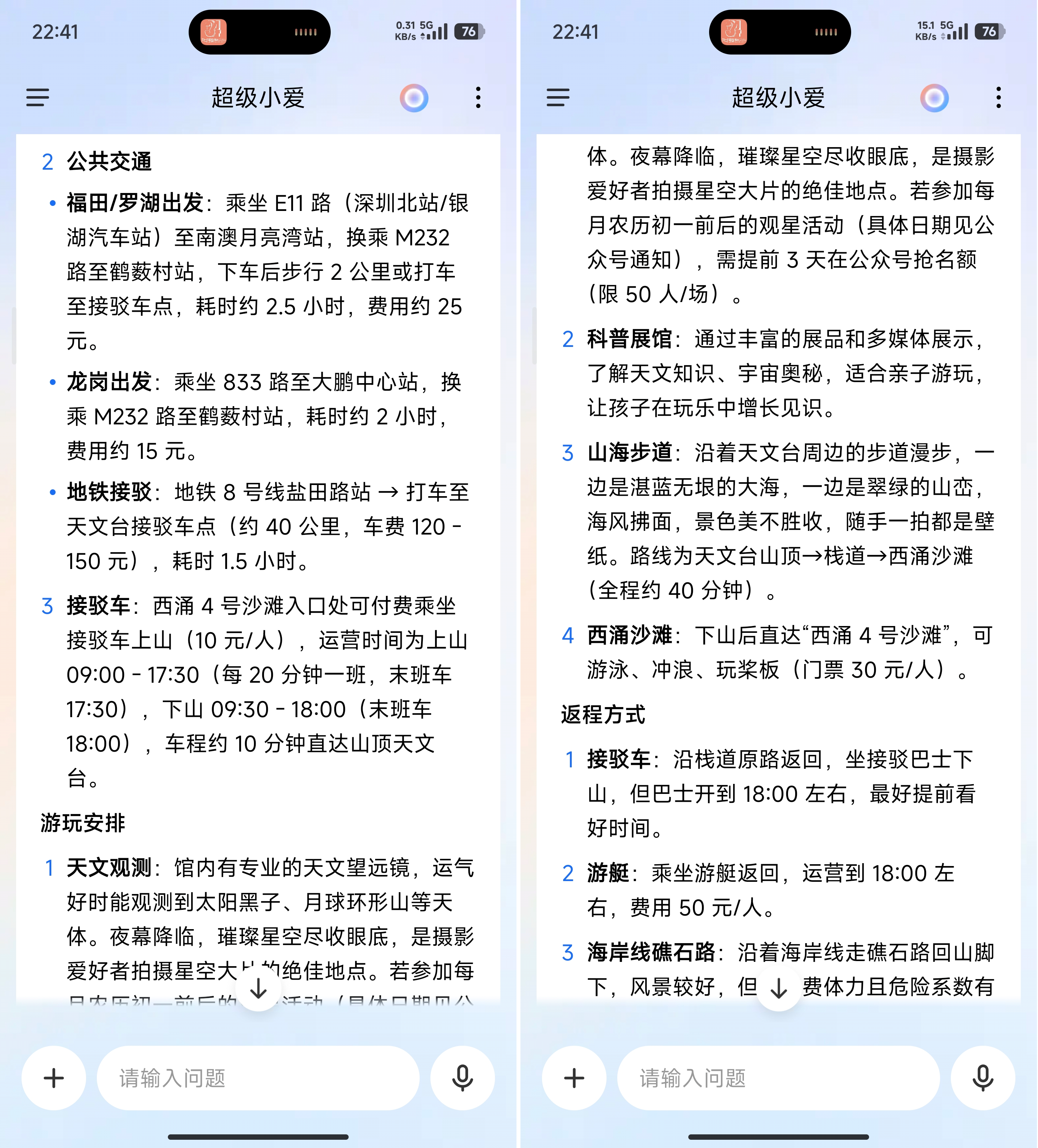
(Image credit: Leigong Technology Graphics)
For elderly users, Super Xiaoai now supports voice commands to open transit codes, Meituan group buying coupons, and other operations. Many previously cumbersome operations can now be accomplished with a single sentence.
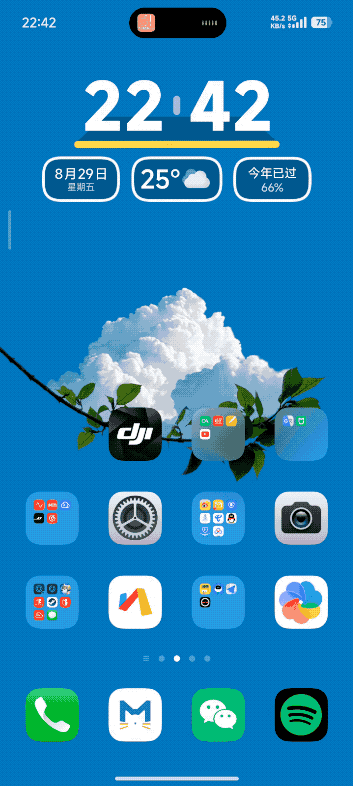
(Image credit: Leigong Technology Graphics)
Leveraging Super Xiaoai's powerful connectivity, we can now precisely search for the photos we want in the album. For example, when Xiaolei wanted to search for photos of snow-capped mountains he took, many related images would pop up. Now, we can further refine the search terms: snow-capped mountains in summer 2024. Then, Xiaoai will help us find the desired photos.
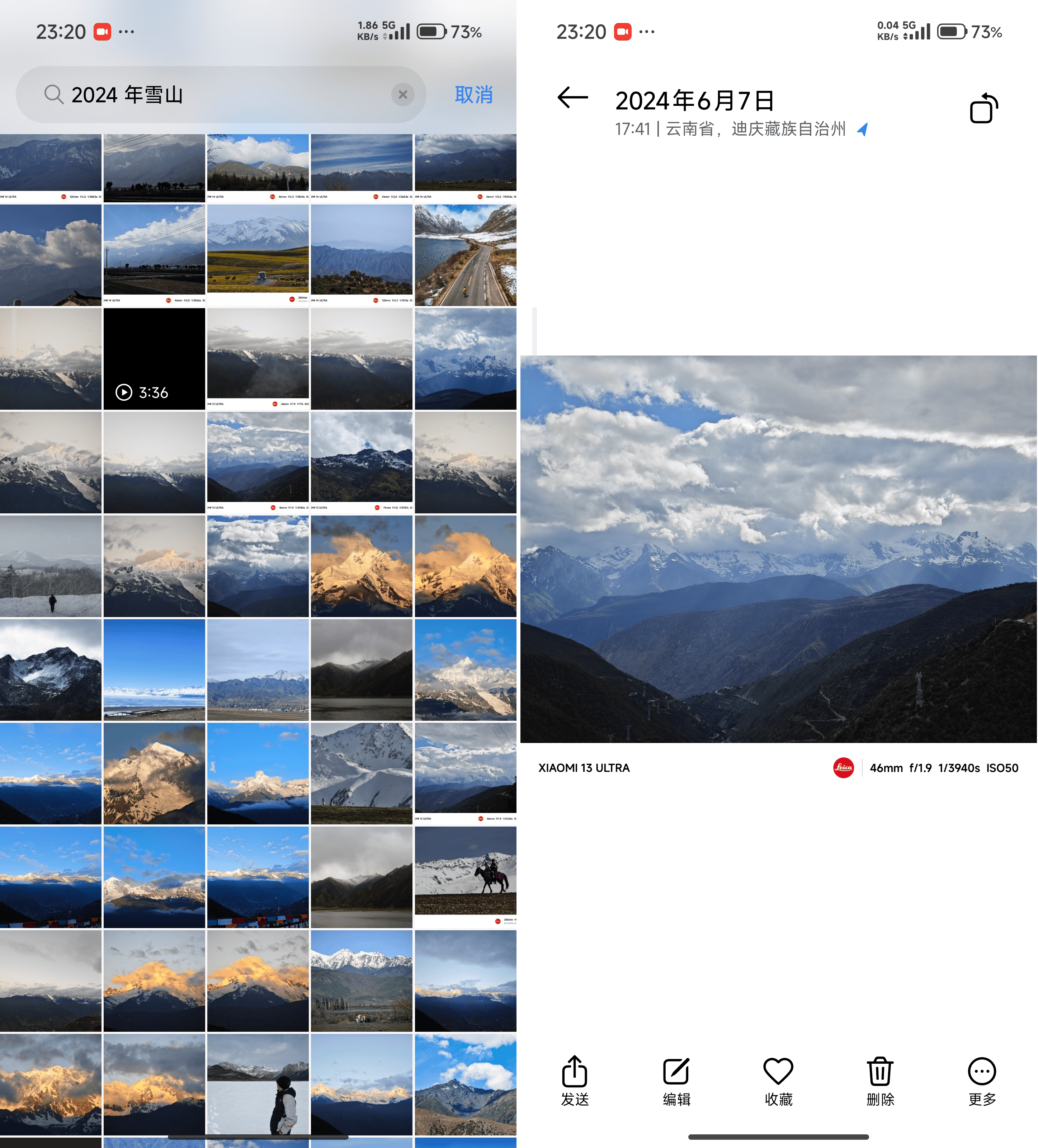
(Image credit: Leigong Technology Graphics)
The most intuitive improvement of Super Xiaoai on Surge OS 3 is that it has become 'more proactive.' In different scenarios, it can actively provide suggestions and guide us on what to do next. Even if you're at a loss for what to do next, Xiaoai can show you the way.
Stronger Personalization Elements: A True 'Thousand People, Thousand Phones'?
Since the MIUI era, Xiaomi's operating system has been the most customizable in the industry, from minor details like the status bar style to major elements like the lock screen time style.
Obviously, Xiaomi's system team is aware of this strength. Therefore, in Surge OS 3, we see even more customization options.
Starting with the major changes, Surge OS 3 has introduced numerous new lock screen styles, with more customizable options for each, such as calendar, clock, weather, font, depth of field, and so on.
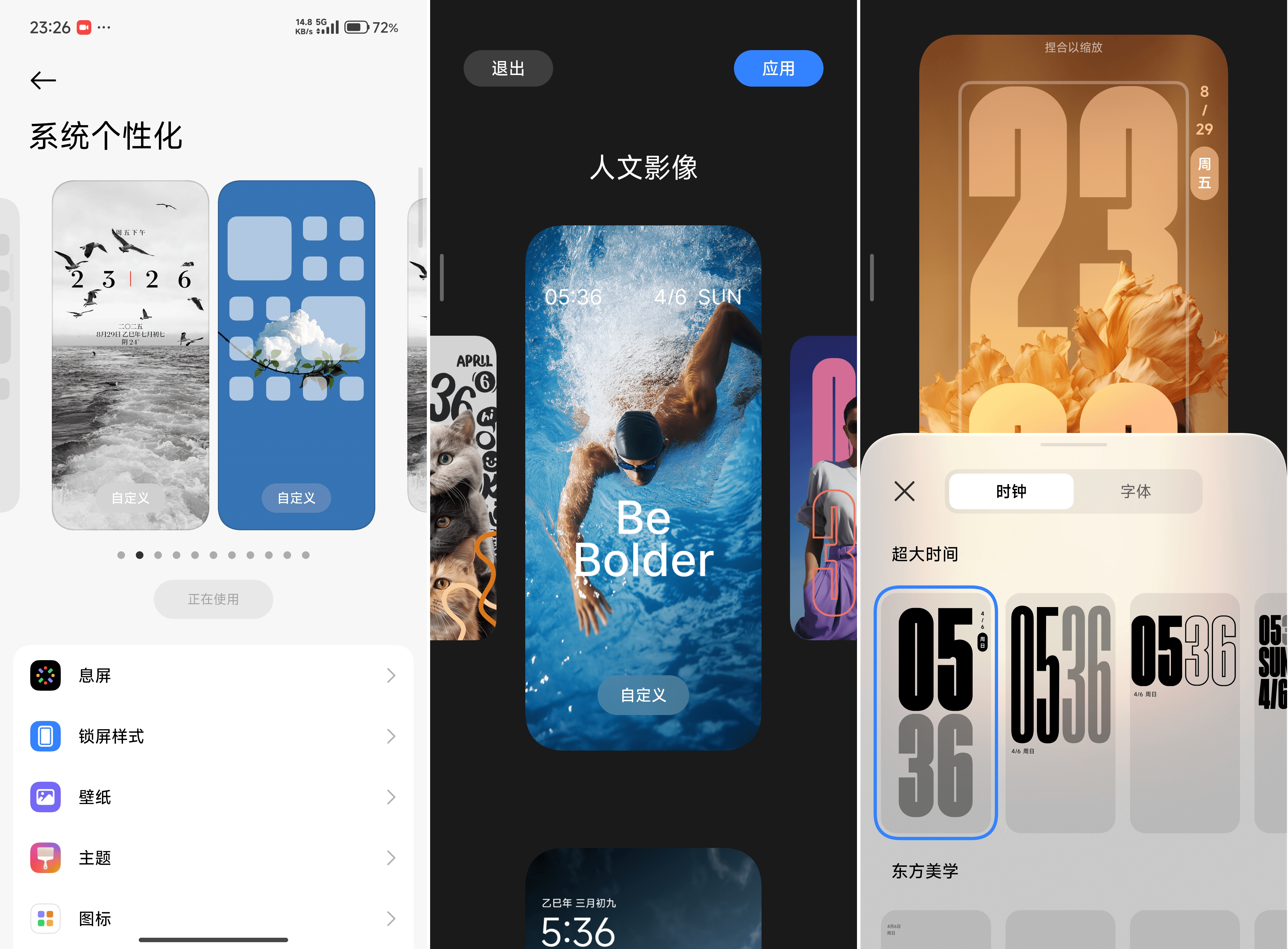
(Image credit: Leigong Technology Graphics)
However, the most intriguing feature is the AI dynamic wallpaper. The Surge OS 3 system can not only animate static photos but also add AI stylization effects. Xiaolei counted, and there are currently seven stylization effects officially provided.
Among them, Xiaolei particularly likes Healing Animation and Wool Felt. The former is excellent for stylizing portraits, while the latter is suitable for cute pet themes.
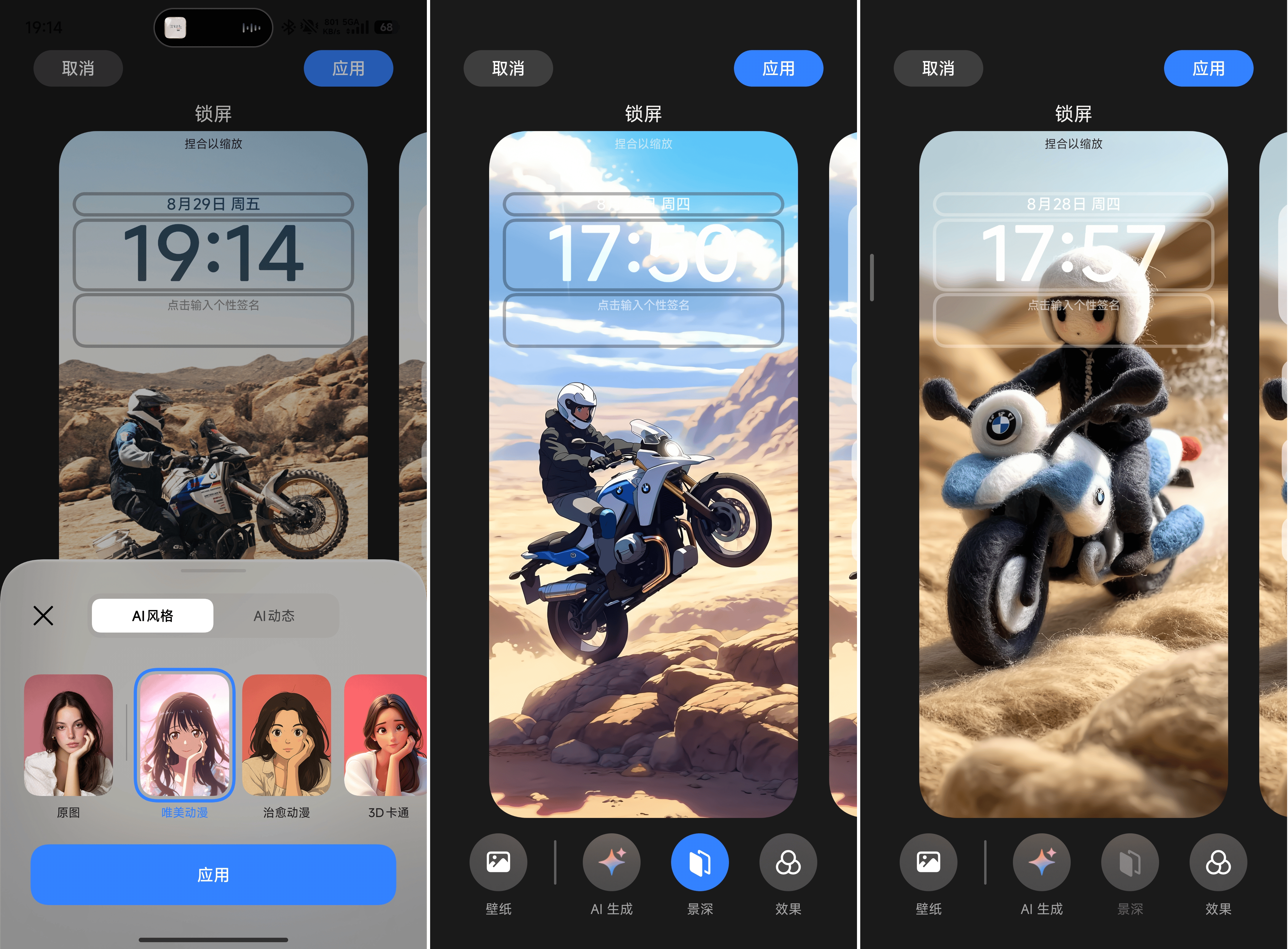
(Image credit: Leigong Technology Graphics)
If the previous Surge OS 2 simply added some animation effects to static wallpapers, Surge OS 3 allows users to choose the style of the video autonomously. Combined with various special effect adjustments, as long as you have enough patience, you're unlikely to encounter another person with the same lock screen in your lifetime.
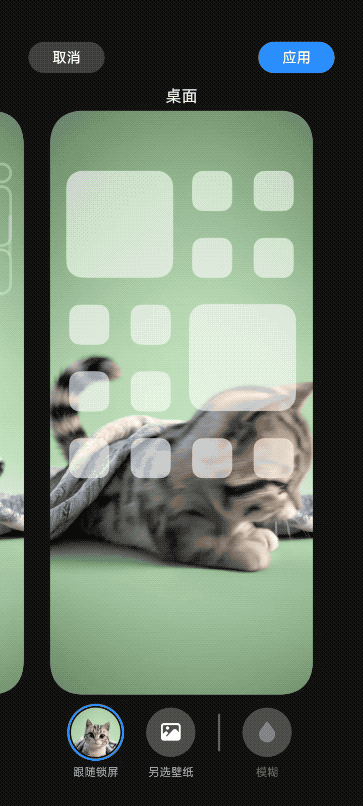
(Image credit: Leigong Technology Graphics)
Regarding stability, which users care about the most, Surge OS 3 has transferred the rendering of app window animation effects to the system layer, ensuring quick and coherent responses. Xiaolei's practical testing indeed showed a significant improvement in animations compared to Surge OS 2. However, considering that Surge OS 3 is still in beta, Xiaolei doesn't recommend everyone to 'jump on the bandwagon' yet. It's best to wait until the official version is released.
Conclusion: The Beginning of a Reputation Makeover for Surge OS?
Overall, Xiaomi's Surge OS 3 has made various optimizations and changes in terms of stability, smoothness, functionality, and aesthetics, which users care about the most. Now, the new features users desire are available, and the smoothness has significantly improved compared to OS 2, at least not lagging behind the top tier. In terms of AI, it keeps pace with the times, and the evolved Super Xiaoai has become more proactive and intelligent.
It's said that the operating system is the core factor determining whether a smartphone is user-friendly. Even if you stack top-notch hardware, if the basic software experience is poor, it's all for naught.
Xiaomi, which has previously suffered from UI issues, clearly understands this principle. The new Surge 3.0 retains Xiaomi's tradition of high customization and various user-friendly features while becoming more grounded, knowing how to leverage AI technology to help users enjoy the fun of technology. This is a great start. Whether Xiaomi can maintain this excellent image depends on the actual performance of Surge OS 3 in the future.
Source: Leigong Technology
The images in this article are from the 123RF royalty-free image library. Source: Leigong Technology

